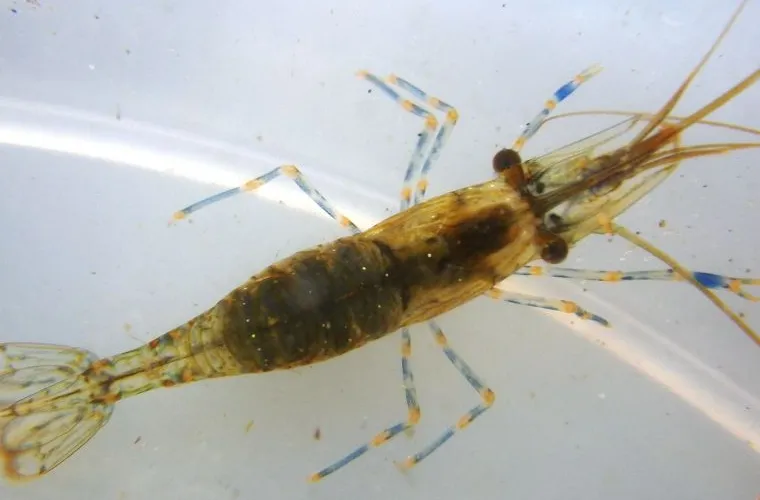Decapods (Decapoda)
With over than 10,000 species Decapoda is the largest group under class Malacostraca. Although anatomically very different, they are closely related to the barnacles in that both groups belong to phylum Arthropoda. The name Decapoda is Greek, meaning deka = “ten” and pous = “foot”. Although many of the organisms belonging to this order have 8 pairs of thoracic appendages, only the last 5 pairs of these are included in the count. Other characteristics which the decapods share in common are their jointed appendages, segmented bodies and having a hard chitinous exoskeleton.
Decapods lay eggs and the sexes are usually separate. The eggs are fertilized either internally or upon release into the water. These later hatch into planktonic larvae, the zoea, although some shrimp hatch as naupli larvae (sing. naplius). At this stage of their life cycle they are highly vulnerable to predation. The larvae metamorphose further into different larval stages before becoming adults. Decapods are errant invertebrates and are always either swimming or walking. The adult stages do not attach themselves to hard substrates. Decapods have the capacity to regenerate.
Most decapods are scavengers and predators. Some feed on algae and some, especially during the larval stages, are filter feeders.
The most common decapods you may find visiting the discs are crabs and shrimps.










